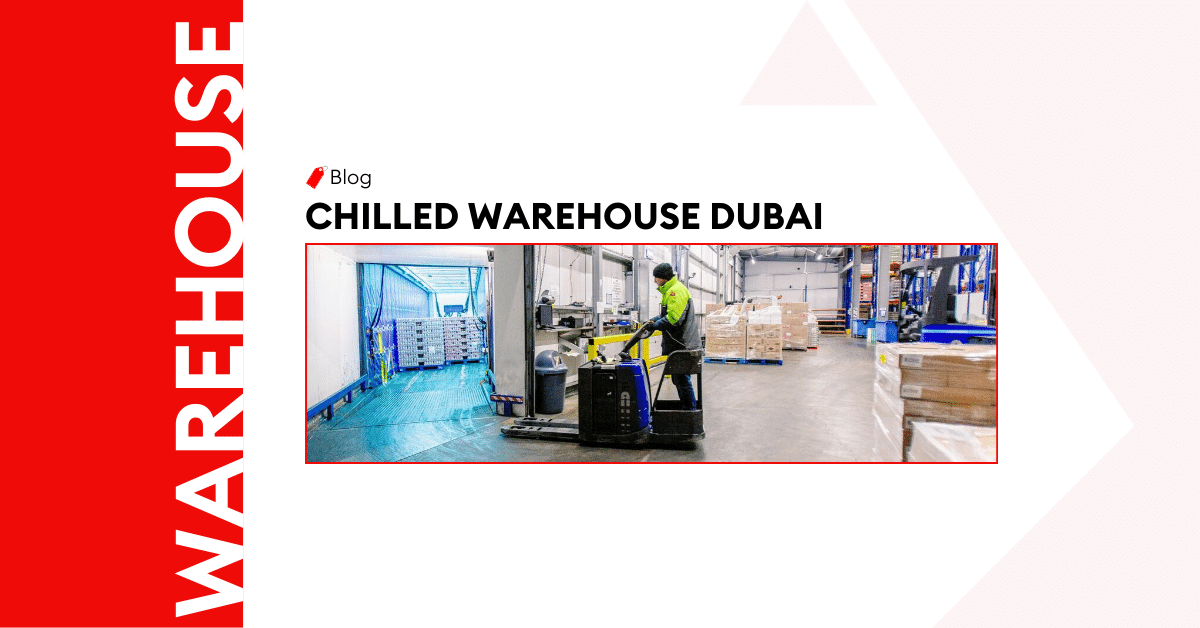
Frozen and Chilled Storage Warehouse in Dubai
Dubai’s hot climate means efficient storage is a prominent concern for manufacturers and sellers, despite being a hub for international trade. That’s why frozen and cold storage warehouses exist.
How do these special facilities work? Why are they critical in the UAE supply chain? Read on to find out.
Frozen Storage Warehouses vs. Cold Storage Warehouses
Frozen storage warehouses maintain temperatures below freezing point, typically around -18°C (0°F) or lower. Alternatively, cold storage warehouses maintain temperatures above freezing point, ranging between 0°C (32°F) and 15°C (59°F).
Also, frozen storage units incorporate blast freezers, deep-freeze chambers, and ultra-low temperature refrigeration systems to create and consistently maintain sub-zero temperatures. In contrast, cold storage facilities focus on maintaining a controlled refrigerated environment without freezing the products.
Furthermore, frozen storage warehouses predominantly cater to frozen fruits and vegetables, meat and poultry, seafood, bakery products, and frozen ready-to-eat meals, while cold storage warehouses accommodate perishable goods like fresh produce, dairy products, pharmaceuticals, beverages, flowers, and certain temperature-sensitive chemicals.
Design of a Freezer Food Storage Warehouse
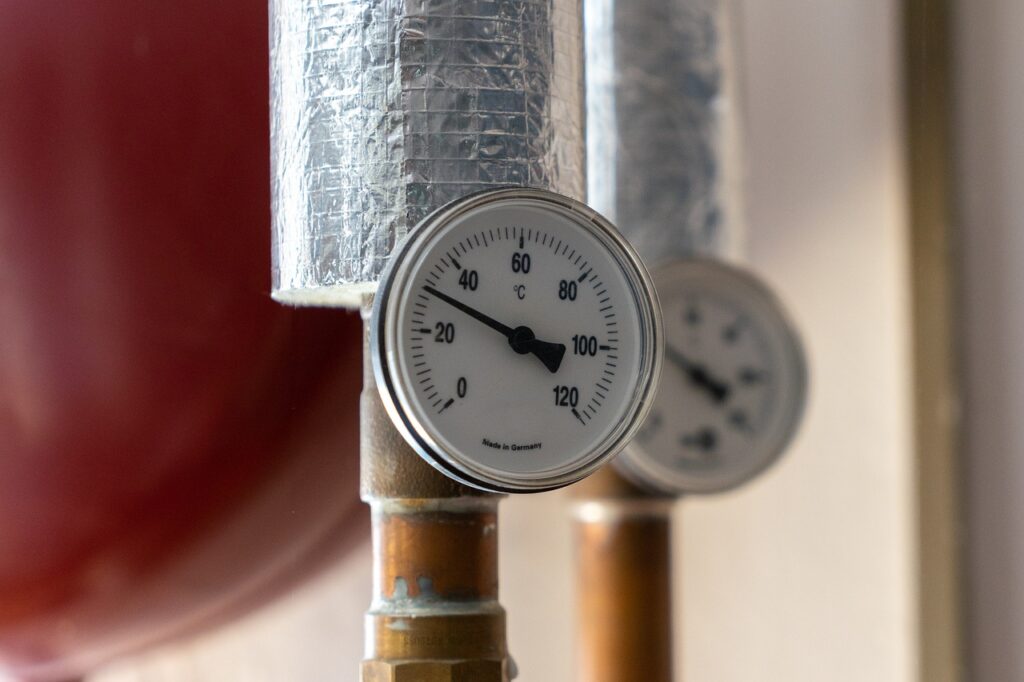
Insulation and Temperature Control
Insulation minimizes heat transfer between the internal and external environments. This barrier keeps heat outside and prevents the escape of cold air from within the facility.
Temperature control involves the monitoring and regulation of internal temperatures to maintain a consistent and optimal freezing temperature throughout the storage facility.
Layout and Shelving for Optimal Space Utilization
The layout of a freezer food storage warehouse is carefully planned to maximize storage capacity and facilitate efficient inventory management. High-density racking systems allow for easy access to products while optimizing vertical space.
This design also incorporates aisles wide enough for forklifts or automated guided vehicles (AGVs) to navigate for smooth material handling and order-picking operations.
Loading and Unloading Infrastructure
- Docking areas with hydraulic or mechanical levelers that bridge the height difference between the truck and the warehouse floor.
- Insulated doors to maintain the internal temperature and minimize heat infiltration during loading and unloading.
- Conveyor systems that transport pallets or containers of frozen food products efficiently, minimizing manual handling and reducing the risk of product damage or temperature fluctuations during transit.
Safety Measures and Compliance with Regulations
Some key aspects are:
- Provision of appropriate personal protective equipment for warehouse employees, including insulated clothing, gloves, headgear, footwear, and eye protection.
- Proper training and education programs to familiarize employees with safety protocols, handling techniques, and emergency procedures specific to the freezer food storage environment.
- Inclusion of fire detection and suppression systems, adequate fire exits, emergency lighting, and regular fire safety drills.
- Maintaining proper sanitation and hygiene practices, pest control measures, and regular inspections in handling frozen food products.
Equipment and Systems Inside a Frozen Storage Warehouse
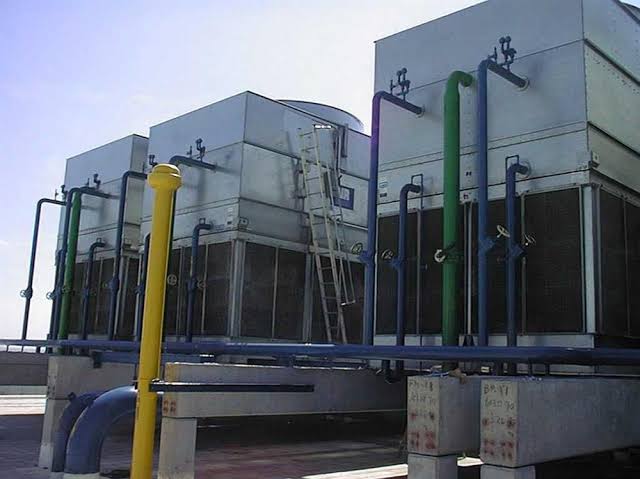
Industrial Refrigeration Systems
- Compressors: increase the pressure and temperature of the refrigerant, enabling it to release heat and cool down as it passes through other components of the system.
- Evaporators: absorb heat from the environment within the storage space, causing the refrigerant to evaporate and extract thermal energy.
- Condensers: help dissipate heat absorbed during the evaporation process and transfer heat from the refrigerant to the external environment, typically using air or water as the cooling medium.
- Refrigerants: are the working fluids used within industrial refrigeration which absorb and release heat during the refrigeration cycle. Common examples are hydrofluorocarbons (HFCs), ammonia, and carbon dioxide (CO2).
Freezers, Blast Freezers, and Cold Rooms
Freezers consist of insulated chambers or rooms equipped with refrigeration systems that remove heat from the storage areas and maintain temperatures around -18°C (0°F) or lower. Meanwhile, blast freezers freeze products quickly, reducing the formation of large ice crystals and preserving the quality, texture, and nutritional value of frozen foods.
Cold rooms are special temperature-controlled areas that maintain temperatures above freezing point that are suitable for refrigeration.
Temperature Monitoring and Control Systems
- Temperature sensors are strategically placed throughout the refrigerated warehouse to continuously provide real-time data on the temperature conditions within the facility.
- Data loggers capture temperature readings at regular intervals, allowing for detailed analysis, trend identification, and verification of temperature compliance.
- Backup Systems: such as generators, and contingency plans in case of system failures or power outages to maintain temperature stability and mitigate risks.
Pallet Packing and Material Handling Equipment
- Pallets: are flat platforms made of wood, plastic, or metal that serve as a base for stacking and storing frozen goods. They provide stability, facilitate easy movement, and enable efficient utilization of vertical space within the warehouse.
- Forklifts: are vehicles that lift, move, and stack pallets with ease.
- Conveyors: automate the movement of pallets along designated routes with motorized belts or rollers, eliminating the need for manual handling and improving operational efficiency.
- Automated Guided Vehicles (AGVs): utilize sensors and navigation systems to transport pallets or goods within the warehouse without human intervention.
Ideal Commodities that Can be Stored in Cold Chain Facilities
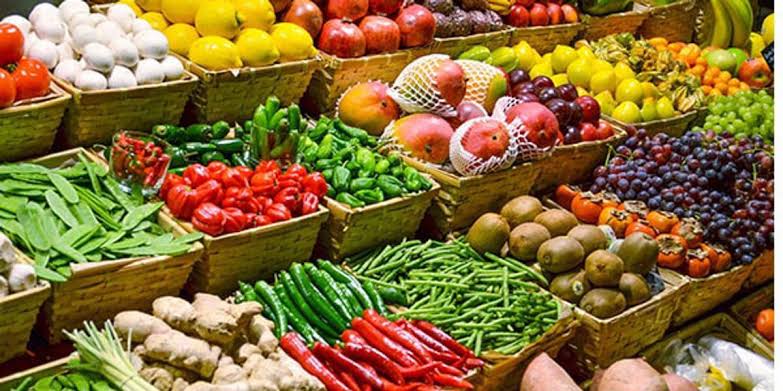
A frozen and chilled storage warehouse in Dubai can accommodate:
- Fresh produce like fruits, vegetables, and herbs.
- Dairy products such as milk, cheese, yogurt, and butter.
- Seafood, including fish, shellfish, and crustaceans.
- Fresh meat and poultry products
- Frozen foods, including frozen fruits and vegetables, prepared meals, ice cream, and frozen desserts.
- Pharmaceutical products, medication, and vaccines.
- Fresh flowers, plants, and floral arrangements.
- Certain beverages, such as juices, soft drinks, and wines.
Who Needs Cold Storage?
Food Manufacturers and Distributors
Food manufacturers, food distributors, vendors, grocery stores, catering services, and beverage companies are involved in the production, processing, distribution, and retail of perishable food and beverage products.
Hotels, Restaurants, and Catering Businesses
Hotels, banquet halls, event management companies, and catering services often need cold storage facilities to safely store and manage inventory for catering events, ensuring freshness and quality for their customers.
Pharmaceutical and Biotech Companies
Pharmaceutical manufacturers, wholesalers, and distributors require cold storage for storing temperature-sensitive medications, vaccines, chemicals, and other pharmaceutical products.
Floral and Horticultural Industries
Flower growers, wholesalers, and retailers rely on cold storage to maintain the freshness and quality of cut flowers, potted plants, and floral arrangements.
Specialty Retailers and E-commerce Platforms
Supermarkets, grocery chains, and convenience stores require cold storage to store many perishable products and assure fresh products for consumers.
E-commerce businesses can also utilize temperature-controlled storage units as consolidation points, cross-docking centers, or distribution hubs for temperature-sensitive products.
How do Cold Storage Warehouses Work?
Temperature Regulation and Monitoring
Temperature regulation and monitoring in cold storage warehouses involves implementing systems and practices to maintain and control the desired temperature conditions within the storage environment.
Refrigeration systems provide the necessary cooling capacity to maintain the desired temperature levels. Additionally, different temperature zones accommodate various products with specific temperature requirements.

Inventory Management and Traceability
Inventory management encompasses the processes and practices involved in overseeing and controlling the stock of temperature-sensitive goods. Receiving, storing, organizing, tracking, and monitoring inventory levels ensure optimal stock availability, minimize stock-outs and overstocks, and maintain accurate records of inventory movements.
Traceability involves capturing and recording relevant information about each product, such as its origin, production date, batch/lot number, expiry date, and storage conditions.
Cross-Docking and Order Fulfillment
Cross docking moves incoming products directly from inbound vehicles (e.g., trucks, containers) to the outbound vehicle with minimal or no time spent in storage. So, it reduces handling and storage costs, minimizes inventory holding time, and facilitates faster order fulfillment.
Meanwhile, order fulfillment involves receiving and processing customer orders. It involves accurately selecting the products from the inventory, appropriately packaging them to maintain their temperature integrity, and coordinating the logistics for on-time delivery to customers.
Floral and Horticultural Industries
Flower growers, wholesalers, and retailers rely on cold storage to maintain the freshness and quality of cut flowers, potted plants, and floral arrangements.
Quality Control and Compliance
Cold storage warehouses implement quality control measures to ensure that stored products maintain their freshness, integrity, and safety. Regular inspections, sampling, and testing are conducted to assess the quality of products, identify potential issues, and take appropriate corrective actions.
Compliance involves obtaining necessary permits, licenses, and certifications, conducting regular audits, and staying updated with evolving regulatory requirements.
Cold Storage Practices
Chilled and Frozen Storage Solutions
Unlike traditional warehouses, dedicated cold storage prioritizes temperature control to maintain the integrity of particular goods.
Essentially, chilled and frozen warehousing keeps sensitive products at low or sub-zero temperatures (15°C and below) to preserve taste, efficacy, or quality.
Inventory Management and FIFO (First In, First Out) Practices
Cold storage warehouses must prioritize the first-in, first-out (FIFO) principle to ensure the proper rotation of goods. By following FIFO, the older stock is used or dispatched first to prevent spoilage or expiration.
Inventory management systems and processes help warehouse operators maintain visibility on the age of products and facilitate proper rotation to minimize product waste.
Order Assembly and Cross-Docking Services
Order assembly involves gathering and preparing products according to customer orders or specific requirements. In a cold storage warehouse, warehouse personnel pick the required items from various storage areas, including refrigerated or frozen sections, and assemble them into complete orders for shipment.
Sometimes, incoming goods from inbound vehicles go straight to outbound vehicles without being stored in the warehouse. This process reduces handling and storage costs, shortens delivery times, and safeguards product integrity.
How Al Sharqi Can Help with Frozen & Chilled Storage
At Al Sharqi, more than three decades of industry experience ensures that we stay ahead, providing innovative frozen and cold storage solutions for businesses.
Plus, our warehouses located across the UAE employ up-to-date refrigeration systems, blast freezing, and other advanced temperature control measures.
No matter the product you have in mind, our facilities are flexible to meet your business needs. Additionally, these storage units run on state-of-the-art WMS technology, providing automated storage data in real time.
For our efforts, we’re graded A+ by Dubai Municipality for quality assurance, with HACCP, ISO 22-000, 14-001, 18-001, and ICV accredited in regulatory compliance.

Conclusion
If your business needs safe storage for food, then a cold chain facility is the right call. These unique storage units help preserve the integrity of perishable foods and items.
Need to find a frozen and chilled storage warehouse in Dubai? Contact us at Al Sharqi and let us get your business the help it needs.
Frequently Asked Questions
Frozen storage warehouses maintain sub-zero temperatures consistently, while cold storage keeps a controlled refrigerated environment without freezing.
These facilities employ evaporators, compressors, blast freezers, and rapid freezing tunnels to extract heat and maintain extremely low temperatures.
Makers and distributors of pharmaceuticals, supermarkets and grocery stores, flower growers, hotels, restaurants, and other enterprises in the hospitality industry.
Industrial refrigeration systems maintain specific temperatures according to the requirements of various products, and the facilities incorporate Warehouse Management System technology to log and track stored inventory.
These services include dedicated product handling, temperature-controlled storage, inventory management, cross-docking, and order fulfillment.
Our customer service team is happy to assist you with planing your next booking.

Related Articles
Optimize Warehousing, Fulfillment and Shipping Cost
In today’s fast-paced business environment, efficient distribution and shipping play a crucial
Frozen and Chilled Storage Warehouse in Dubai
Dubai’s hot climate means efficient storage is a prominent concern for manufacturers and selle
Keeping Your Food Safe with Food Grade Warehouse in Dubai
Currently, the United Arab Emirates (UAE) relies on other countries for the bulk of its food supplie




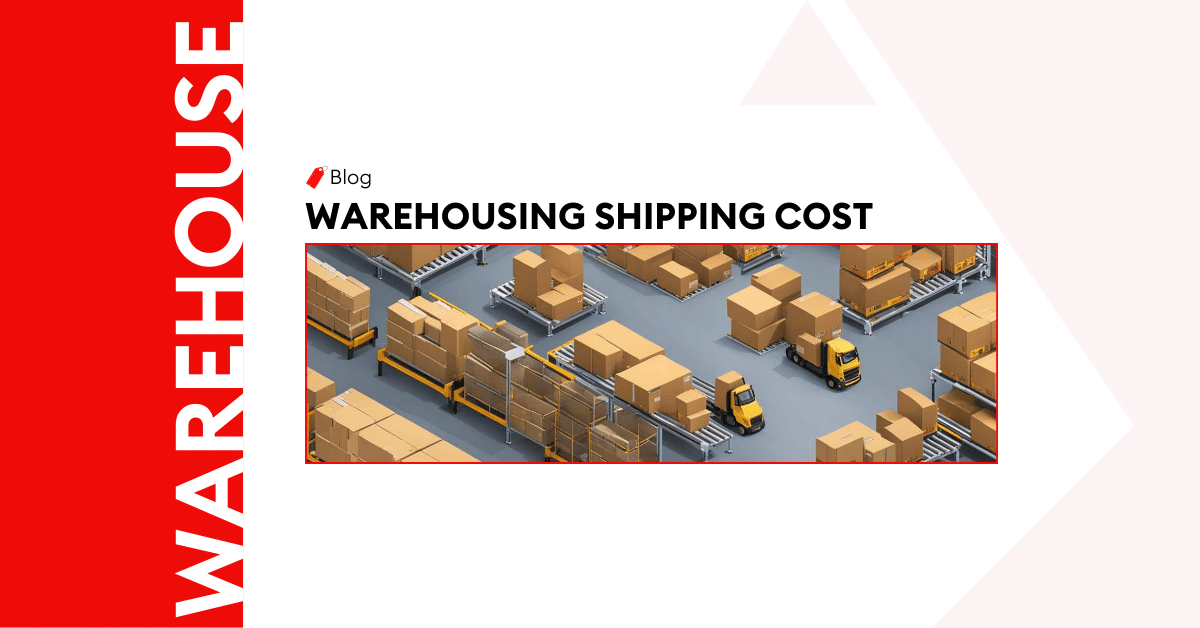
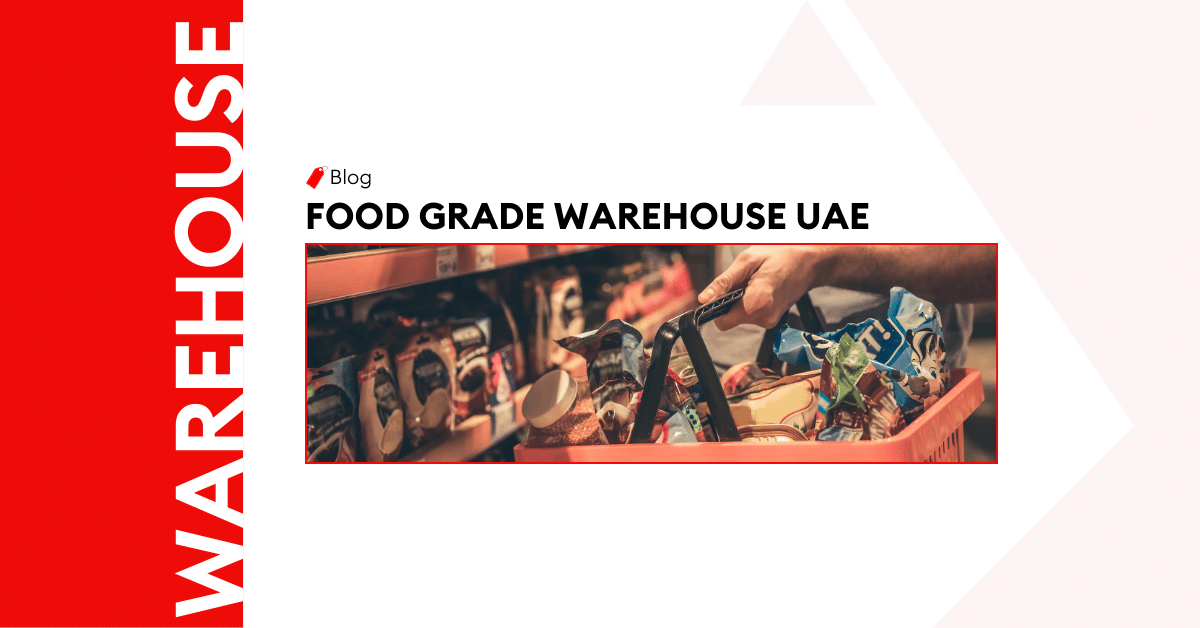
Post a comment
You must be logged in to post a comment.